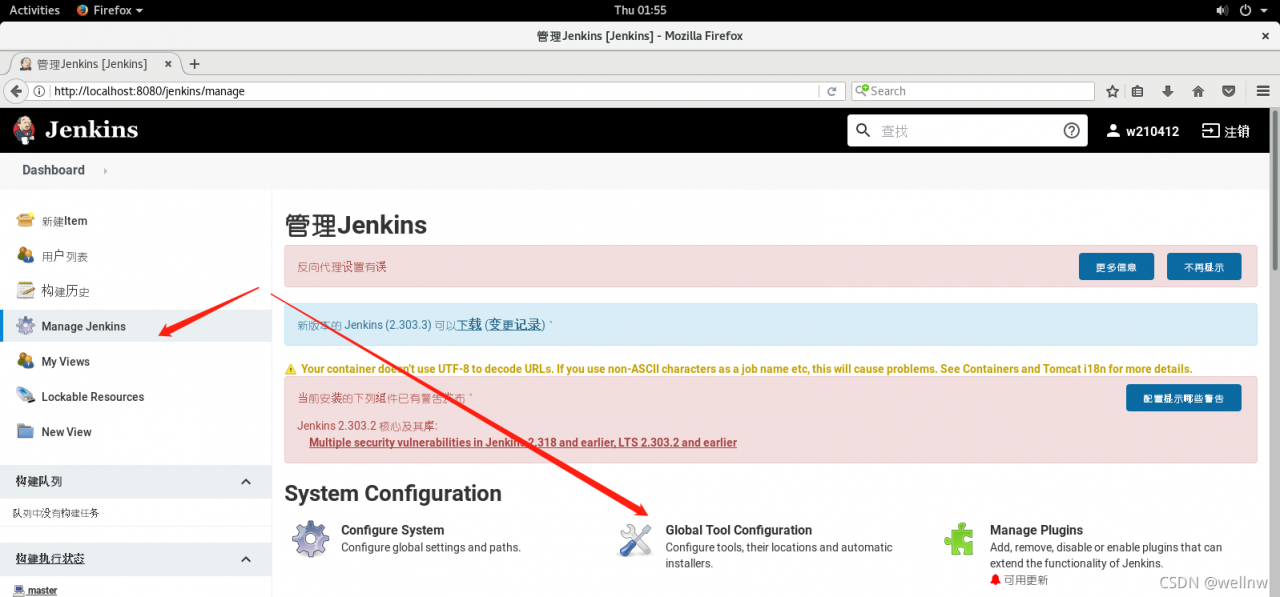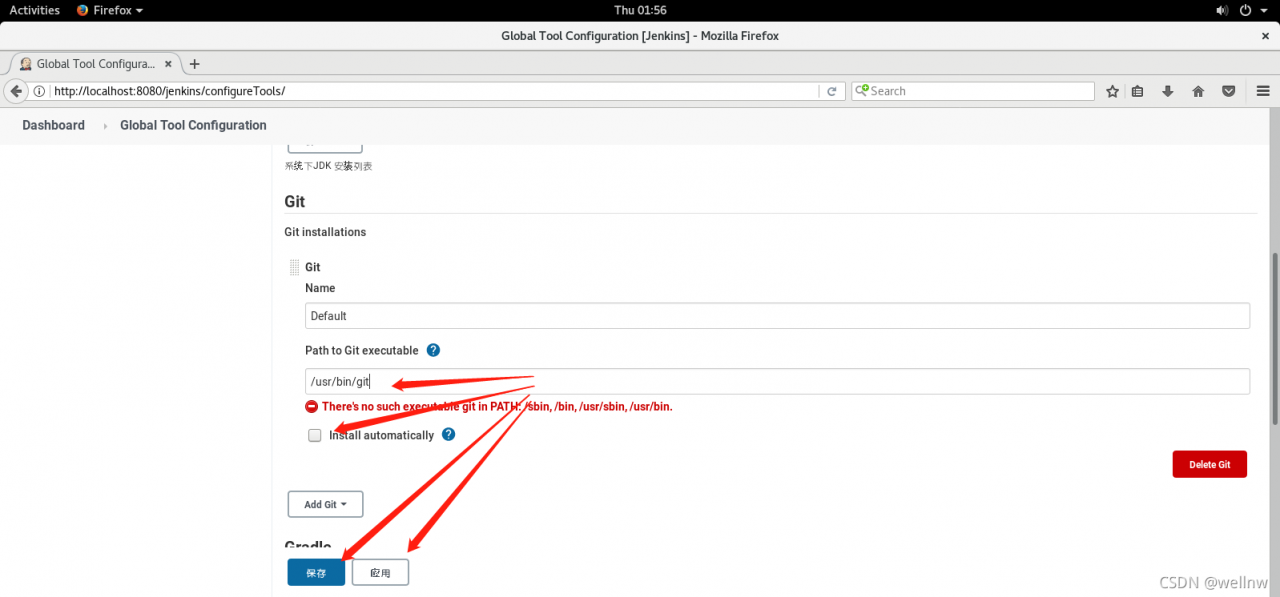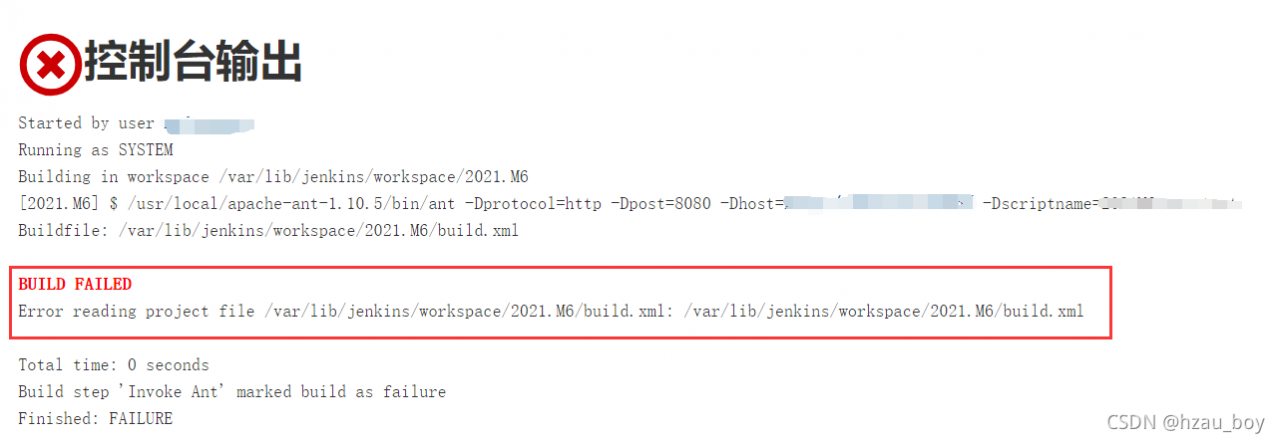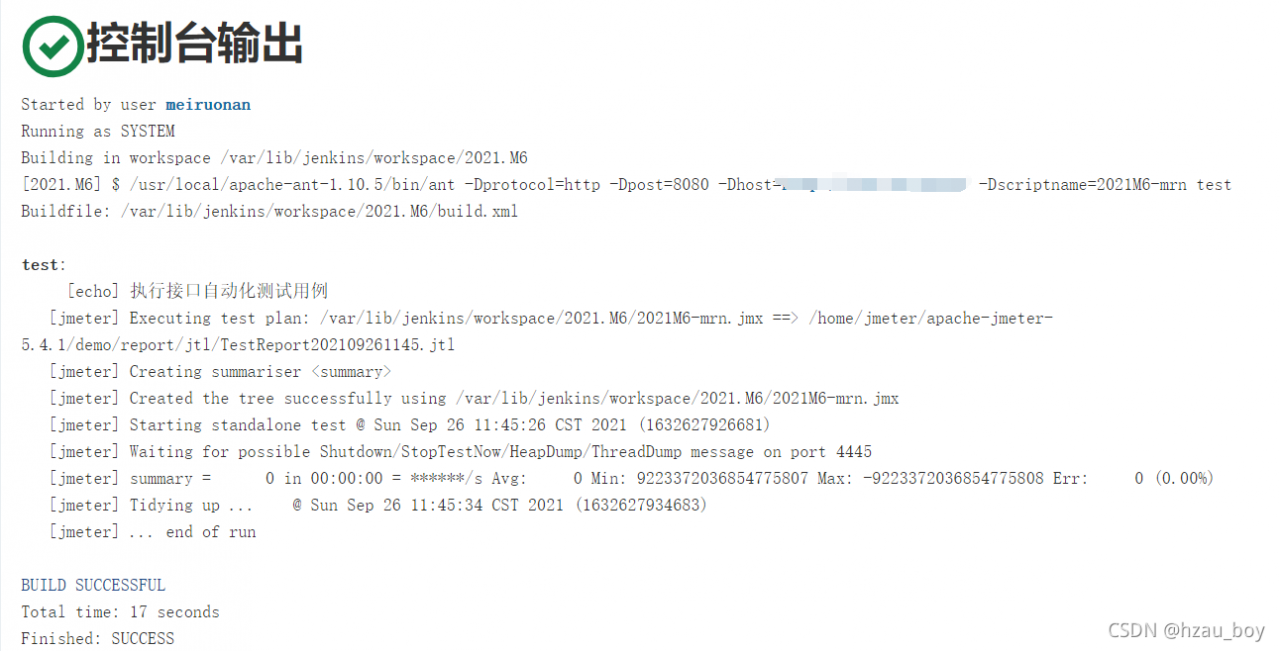error message
ERROR: Build step failed with exception
java.lang.ClassCastException: class com.fasterxml.jackson.databind.node.NullNode cannot be cast to class com.fasterxml.jackson.databind.node.ObjectNode (com.fasterxml.jackson.databind.node.NullNode and com.fasterxml.jackson.databind.node.ObjectNode are in unnamed module of loader jenkins.util.AntClassLoader @3e61f18f)
at io.jenkins.plugins.rancher2.Rancher2RedeployBuilder.perform(Rancher2RedeployBuilder.java:136)
at jenkins.tasks.SimpleBuildStep.perform(SimpleBuildStep.java:123)
at hudson.tasks.BuildStepCompatibilityLayer.perform(BuildStepCompatibilityLayer.java:78)
at hudson.tasks.BuildStepMonitor$1.perform(BuildStepMonitor.java:20)
at hudson.model.AbstractBuild$AbstractBuildExecution.perform(AbstractBuild.java:806)
at hudson.model.Build$BuildExecution.build(Build.java:198)
at hudson.model.Build$BuildExecution.doRun(Build.java:163)
at hudson.model.AbstractBuild$AbstractBuildExecution.run(AbstractBuild.java:514)
at hudson.model.Run.execute(Run.java:1888)
at hudson.model.FreeStyleBuild.run(FreeStyleBuild.java:43)
at hudson.model.ResourceController.execute(ResourceController.java:99)
at hudson.model.Executor.run(Executor.java:432)
Build step 'Redeploy Rancher2.x Workload' marked build as failure
How to Solve:
When publishing to the router, the corresponding node cannot be found, so confirm whether the router path configuration in jenkins is correct. The following two paths must be consistent:
The router configuration in jenkins

The actual router path
![]()











